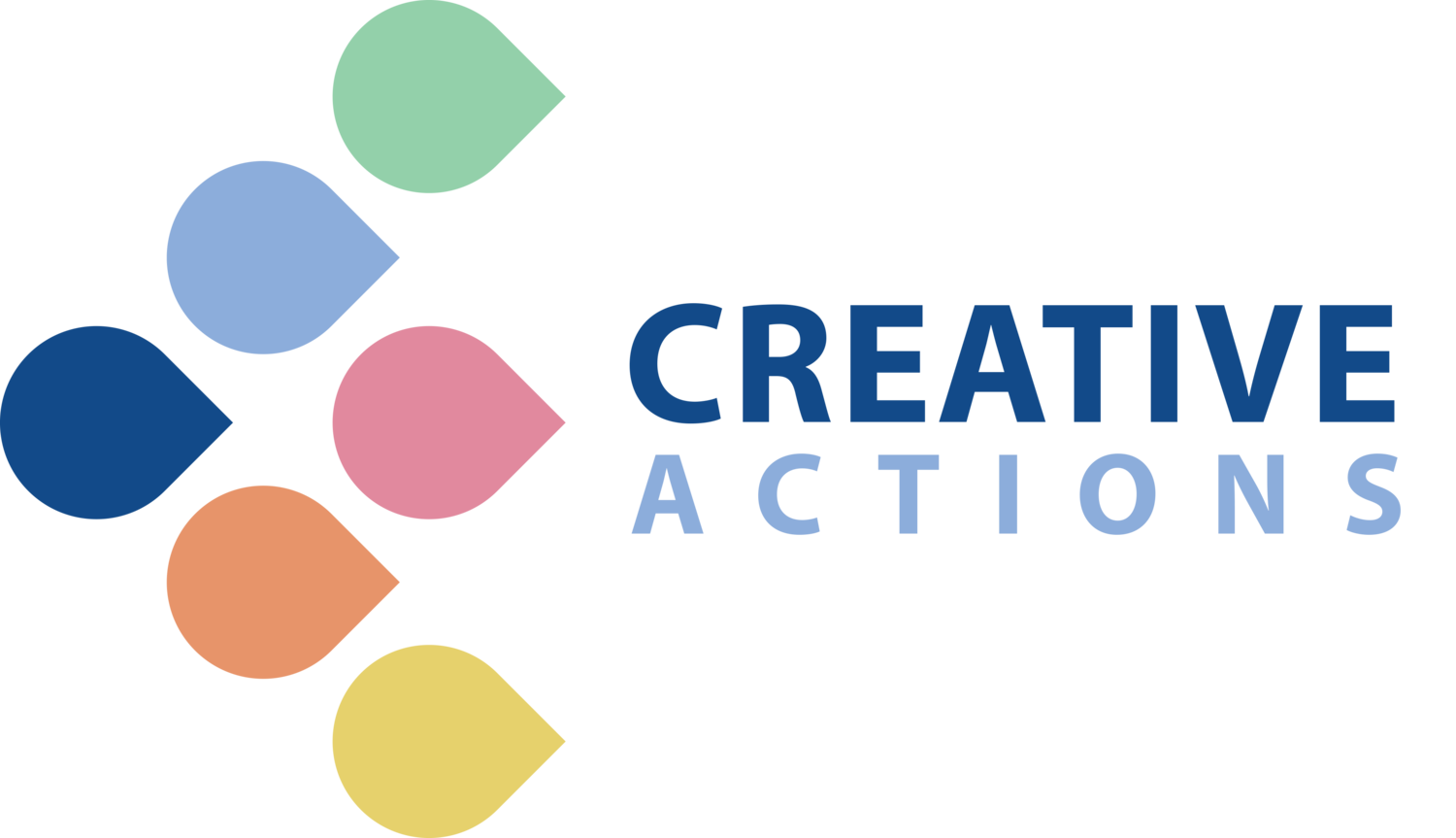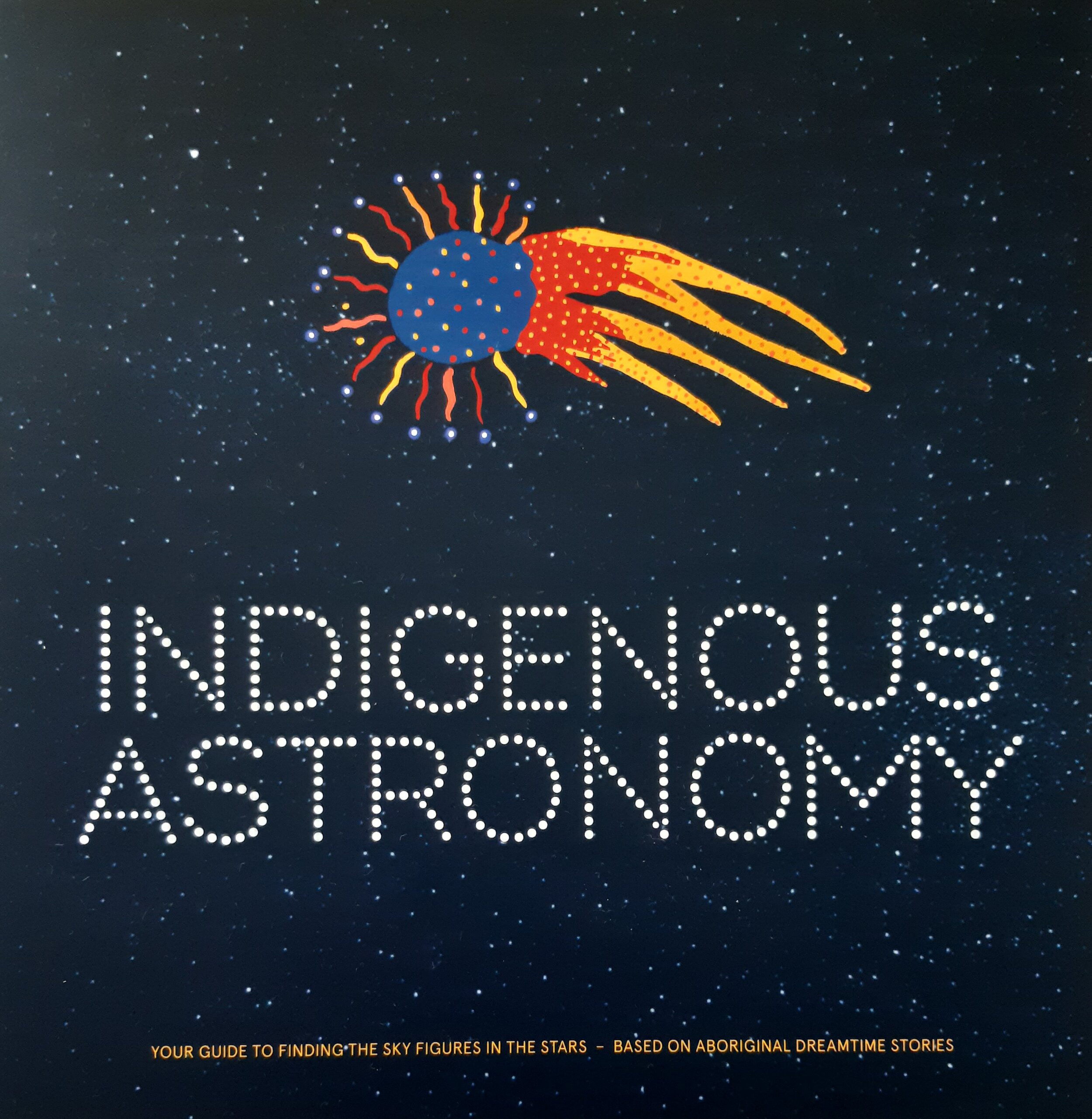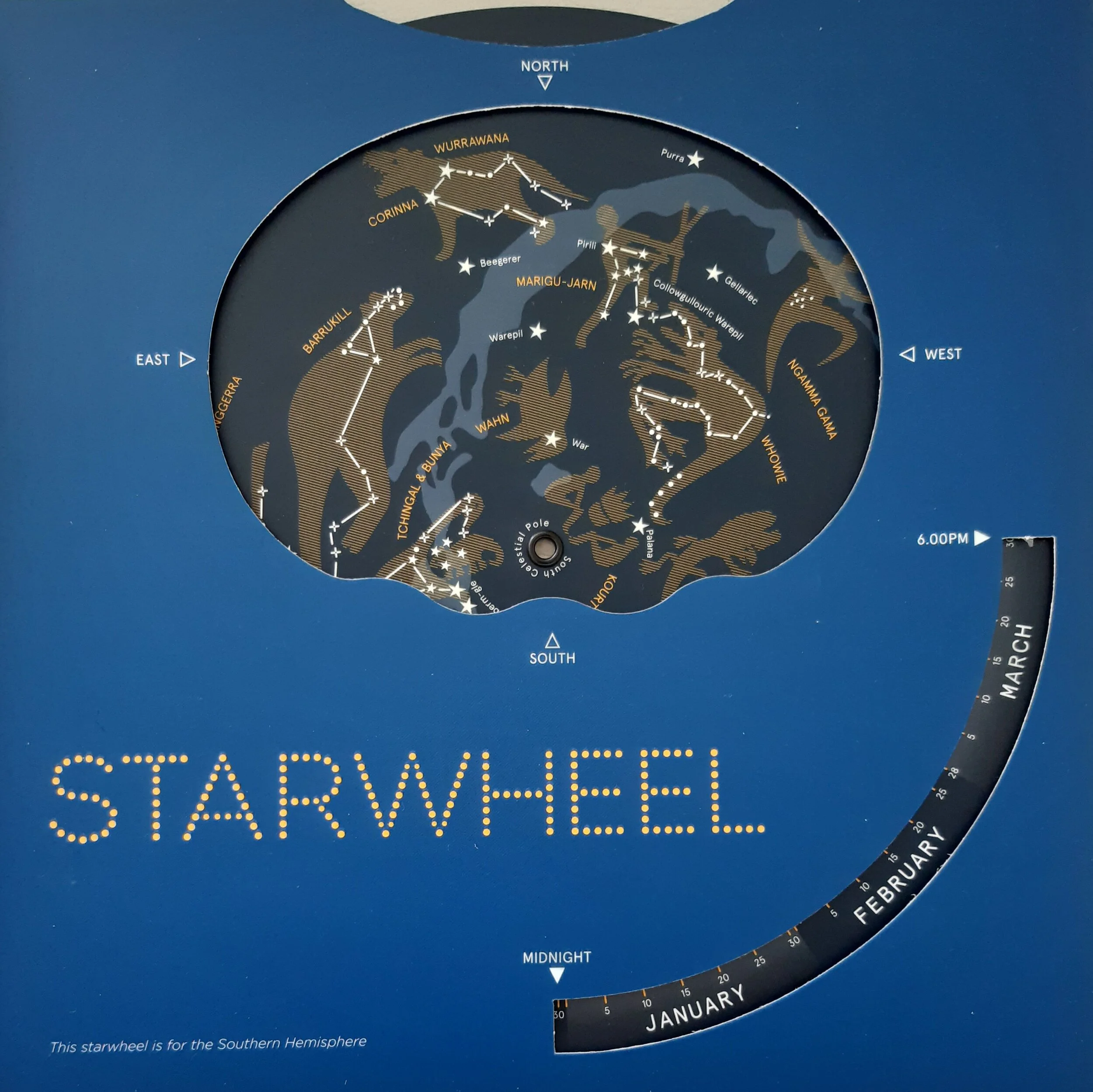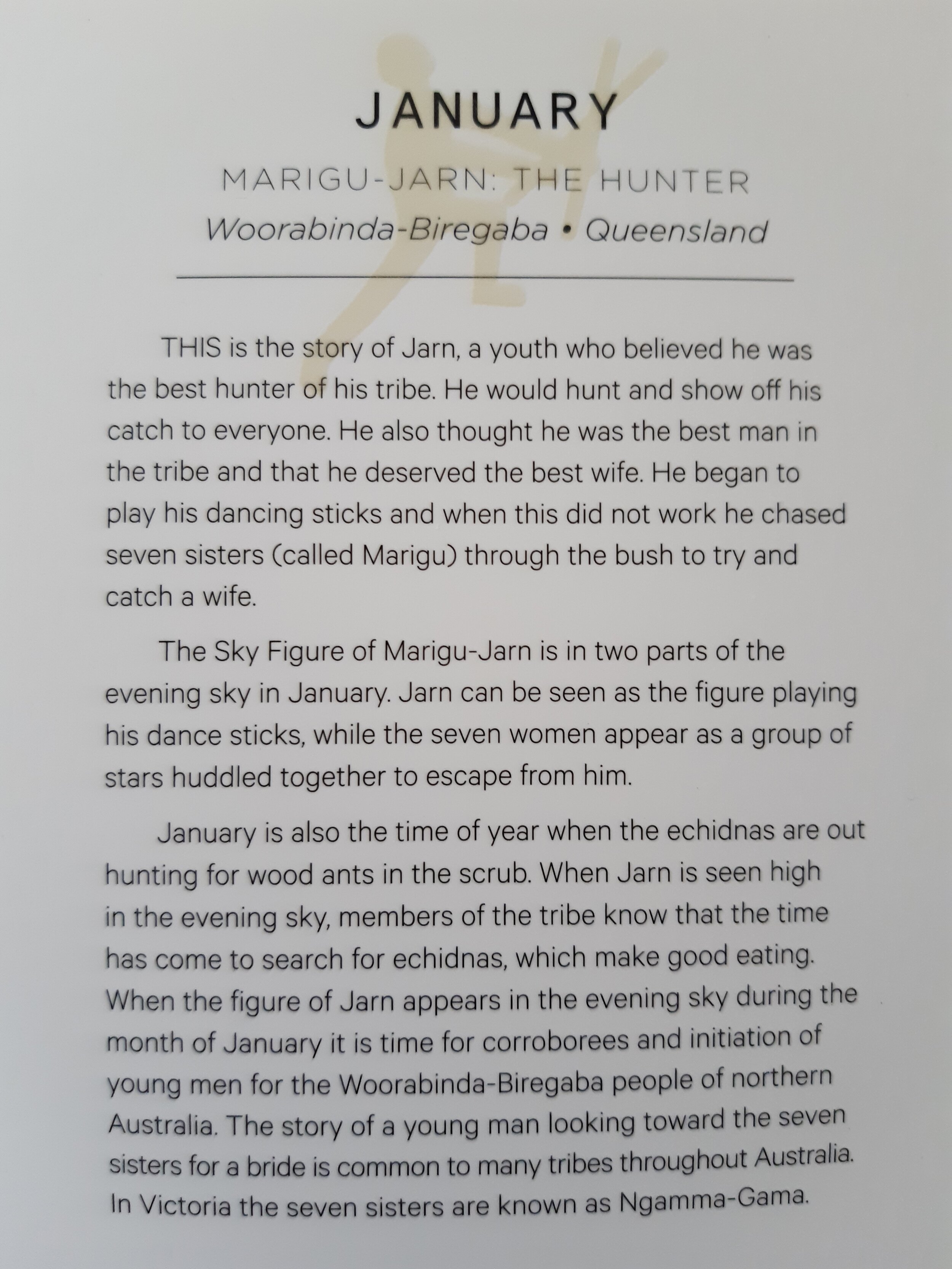
Aboriginal and Torres Strait Islanders are warned that this document contains images, voices and music of deceased persons.
This resource contains the Indigenous Cultural and Intellectual Property of the following Indigenous peoples; Woorabinda Birri-Gubba, Trawlwoolway, Latjilatji, Gunditjamara, Boorong, Yolnu, Barapa Barapa, Bundjalung, Wadawurrung, Anindilyakwa, Jawoyn.
We appreciate that spellings for words from First Australian languages are inconsistent across many sources and continue to consult and check with relevant communities.
The Aboriginal and Torres Strait Islander Histories and Cultures cross-curriculum priority in the Australian Curriculum is designed so that Aboriginal and Torres Strait Islander students can see themselves, their identities and their cultures reflected in the curriculum of each of the learning areas, can fully participate in the curriculum and can build their self-esteem, and for all students to engage in reconciliation, respect and recognition of the world’s oldest continuous living cultures.
This resource was developed to meet the requirements of the elaborations in the Australian Curriculum: Science (F-10) that demonstrate the connections between Aboriginal and Torres Strait Islander histories and cultures and core science concepts in the Australian Curriculum. The elaborations acknowledge that Aboriginal Peoples and Torres Strait Islander Peoples have worked scientifically for millennia and continue to contribute to contemporary science. These elaborations have the potential to make learning more relevant for Aboriginal and Torres Strait Islander students and, as a result, help increase their participation in STEM subjects. They also provide the opportunity to embed a uniquely Australian perspective into the Science curriculum.
In the production process, agreement has been reached regarding the amount of proceeds being allocated to the groups whose knowledge appears. We thank Stewart Smith, Woorabinda & Birri-Gubba Elder, for his ongoing support in using this resource as an educational tool.
We continue to be grateful for these treasures of national significance.
The Indigenous Starwheel, first published in 1996 to celebrate NAIDOC Week, is the result of intercultural collaboration and a shared love of astronomy between Gapingaru Naputa, Indigenous Elder of the Woorabinda Nation, and Non-Indigenous astronomer and founder of the NSW Astronomical Society, Gordon Patston. The resource also shows collaboration between members of other Indigenous Nations - The cover artwork was designed by Indigenous artist Kylie Russell of the Gamilaroi People, and the stories are accompanied on didgeridoo and clapsticks by Sam Kerr, Indigenous musician of the Wamba Wamba Djadjawurrng People.
Elders of the Woorabinda Nation have provided permission for Gapingaru’s voice to be used in this recording in order to preserve and share their culture and his work. Gapingaru Naputa received permission from the Indigenous Nations whose stories appear in this publication.
This resource is illustrative of Indigenous astronomical stories across Australia and is not representative of all stories.
Introduction to Indigenous Creativity
For at least 60,000 years our First Nations People have been using social, medical, ecological and STEM creativity to solve problems. It was their creativity and adaptability that enabled them to flourish throughout the Australian continent for millennia. The past 20 years have seen a significant shift in how Indigenous Culture is presented in Australian education. Indigenous nations around the country are exploring similarities and synergies between their diverse cultures. Indigenous and Torres Strait Islander Histories and Cultures are now cross-curriculum priorities in the Australian Curriculum.
Historically, some teachers have found it challenging to incorporate subject and content areas with Cross-Curriculum Priorities and General Capabilities. We offer resources and workshops to assist educators and learners in this area. In addition to clear relevance to the Learning Areas, General Capabilities and Curriculum Priorities of the National Curriculum, our resources can be utilised in alignment with the learning progressions in Literacy and Numeracy of state curricula.
An example of our Indigenous creativity resources is the Indigenous starwheel. This unique resource offers an holistic view of teaching astronomy, and other elements of Indigenous culture, by highlighting individual stories from a range of Indigenous nations. It is not representative of all Indigenous nations but offers a unique perspective of the similarities in the observational and creative skills of our First Nations’ peoples.
The starwheel is the result of intercultural collaboration between Gapingaru Naputa, Indigenous Elder of the Woorabinda Nation, and non-Indigenous astronomer and founder of the NSW Astronomical Society, Gordon Patston. The resource also shows collaboration between members of other Indigenous Nations - The cover artwork was designed by Indigenous artist Kylie Russell of the Gamilaroi People, and the stories are accompanied on didgeridoo and clapsticks by Sam Kerr, Indigenous musician of the Wamba Wamba Djadjawurrng People.

Resource
The resource has three components:
Understanding/Critical thinking/Numeracy - A planisphere (sky map) of the Southern Hemisphere. Constellations are illustrated as Sky Figures as perceived by a range of Indigenous Nations across Australia. The Starwheel can be oriented to any month of the year and there are instructions as to how to find the Sky Figures in the night sky.
Reading – Indigenous Stories - The text of each of the stories which appear on the planisphere, with acknowledgement of their origins; and
Listening - A link to a recording of each story, told by Gapingaru Naputa, Indigenous Elder of the Woorabinda People, accompanied on didgeridoo and clapsticks by Sam Kerr, Indigenous Musician of the Wamba Wamba Djadjawurrng People.
Excerpts from the Starwheel – cover, January story and recording
The Starwheel is an immersive experience for teachers and students, combining the authenticity of First Peoples’ voice with Non-Indigenous science. The Starwheel brings an ancient perspective of the night sky to modern observers, shining a light on the complexity and depth of Indigenous observation, science and creativity. Observers measure distances between stars using the Indigenous measurement of hand spans.
Features include glow-in-the-dark Sky Figures, to aid with night-time observation, and water-resistant card. The Starwheel is sized to fit in a small backpack.
Gapingaru Naputa
Gapingaru Naputa, also known as Robert Mate Mate, elder of the Woorabinda People, was an accomplished storyteller, teacher, researcher, writer and performer. He is respected for his work on reconciliation as a spokesperson for the Woorabinda and Palm Island People.
Gordon Patston
Gordon Patston was a founder of the NSW Astronomical Society, who give a memorial lecture in his name each year, and an astronomer at the Sydney Observatory. His astronomical research has been published in Nature.

Learning and Teaching Opportunities
Creative Actions offers three options regarding this unique resource.
1. The Starwheel can be purchased directly from Creative Actions.
2. We collaborate with educators to develop new lesson plans/ units of work, which align with learning areas, learning progressions, general capabilities and curriculum priorities as per the examples above.
3. We devise and deliver workshops at your school.
Integrating Indigenous Studies
The following table demonstrates some examples of how this resource can be integrated into Learning Progressions.
Please contact tim@creativeactions.com.au with your enquiries.







